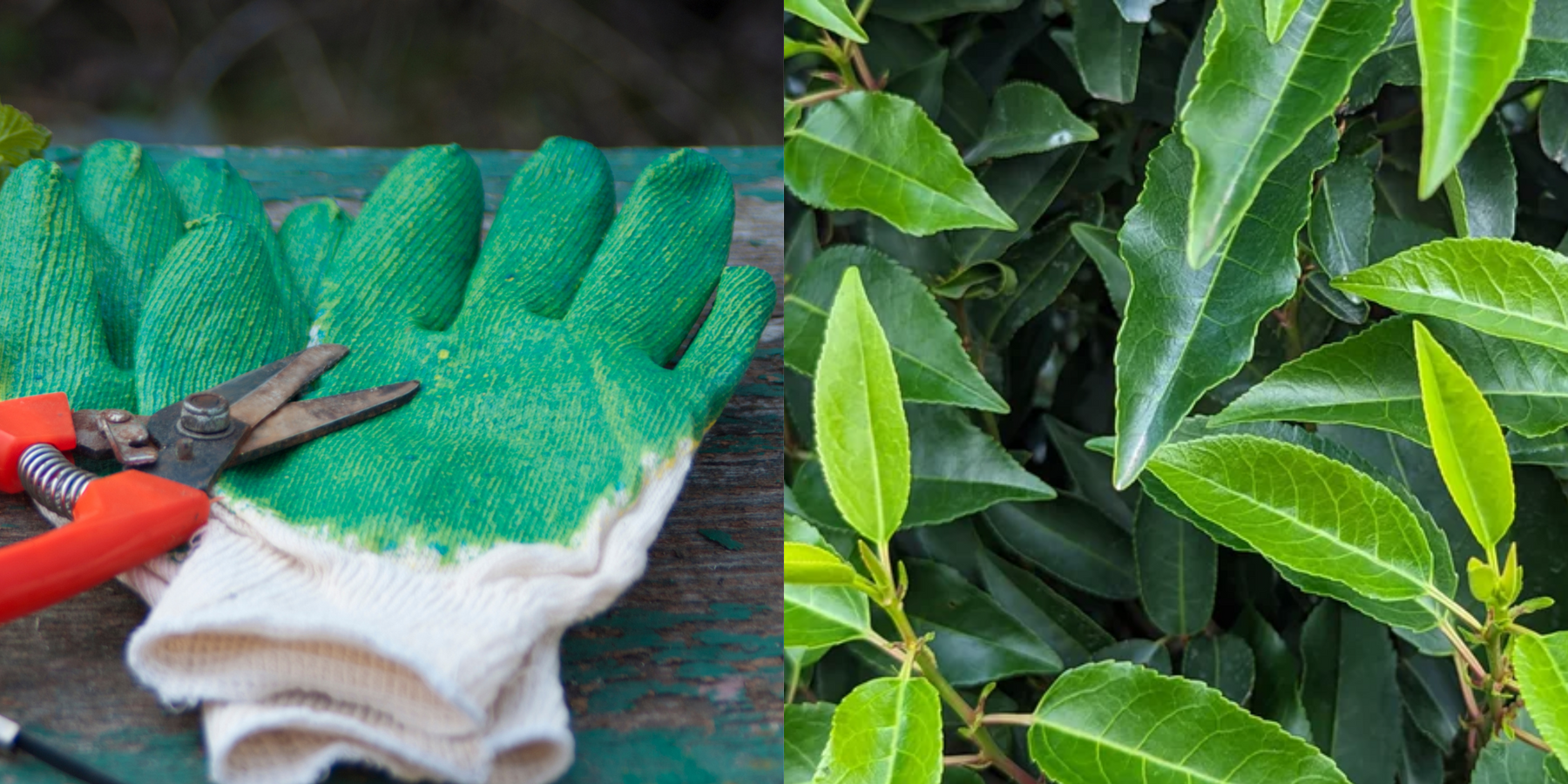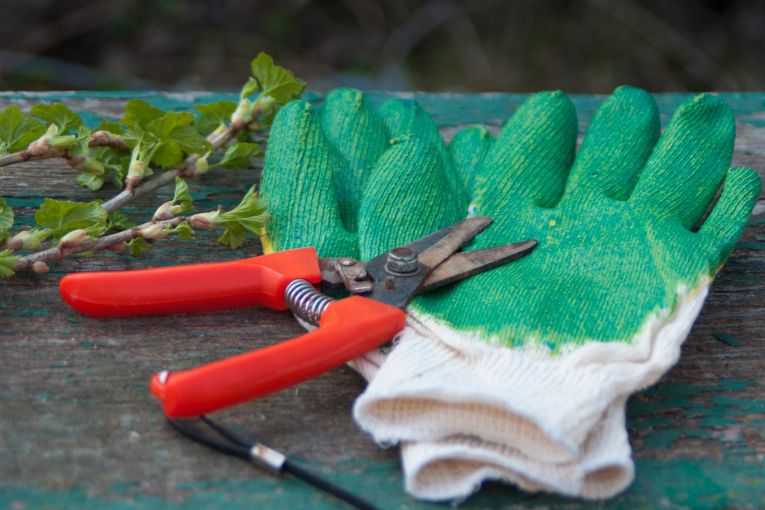
Expert Advice: How to Prune Portuguese Laurel
Portuguese Laurel (Prunus lusitanica) is a versatile and beautiful hedging shrub that can add elegance to any garden or landscape. However, to keep it healthy and looking its best, proper pruning is essential. In this guide, we'll delve into expert advice on how to prune your Portuguese laurel hedge effectively.
Why Prune Portuguese Laurel?
Before diving into the "how," we need to understand the "why" behind pruning your Portuguese Laurel. Pruning serves several important purposes:
Promotes Health
Regular pruning removes dead or damaged branches and foliage, allowing the plant to focus its energy on new growth. This is crucial for the overall health and vigour of your Portuguese Laurel. Dead or damaged branches and foliage can harbour pests and diseases, which can spread to the rest of the plant if left unchecked. By promptly removing these branches, you not only improve the plant's appearance but also reduce the risk of further damage.
Enhances Appearance
A well-pruned Portuguese Laurel hedge maintains a tidy, dense, and attractive shape, adding aesthetic value to your garden or landscape. They have glossy, narrow, pointed leaves that grow on maroon stems, which develop their colouration as they mature. Small, fragrant white flowers appear in summer, which turn into small, shiny red fruits that mature to a deep purple black in autumn. Over time, without pruning, the shrub can become overgrown and lose its desired form and shape making it look untidy. By selectively removing branches, you can create a balanced and visually pleasing shape that compliments your outdoor space and helps to keep a nice dense screen. Each time a branch is pruned, it will send out several new shoots from this cut which enhances the density of the screen.

Controls Size
Without regular pruning, Portuguese Laurel can grow quite large, potentially outgrowing its intended space. Pruning helps manage its size and shape, ensuring it fits harmoniously within your garden's layout. Whether you prefer a formal hedge or a more naturalistic form, pruning allows you to control the growth and maintain the desired dimensions. A neat and tidy Portuguese Laurel hedge can be kept anywhere from 1m in height up to 3-4m in height.
When to Prune Your Hedge
The ideal time to prune your Portuguese Laurel is in late spring or early summer, after the plant has finished flowering. This timing allows the Portuguese Laurel plants to recover and grow vigorously during the warmer months. However, light pruning can be done throughout the year to remove dead or damaged branches. If you have only just planted your new hedge, we recommend leaving it for one growing season to get established before giving it its first trim.
Late Spring or Early Summer
During this period, the plant is actively growing, and pruning encourages new growth. It will therefore respond quickly after pruning to create a better hedge. There are differing schools of thought on this, but we consider it best to prune off any flowers on your Portuguese Laurels as the plant will typically waste energy by putting it into the flowers rather than foliage growth which is generally more important.
Year-Round Maintenance
While major pruning is best done in late spring or early summer, minor maintenance pruning can be done throughout the year. This includes removing dead, damaged, or diseased branches whenever you notice them. Regularly inspect your Portuguese Laurel for any signs of issues that require pruning attention.
Essential Hedge Maintenance Tools
Before you start pruning your Portuguese Laurel hedge, ensure you have these essential tools for the job.
Electric Hedgetrimmer
Invest in a good electric hedgetrimmer (preferably cordless). Although pruning can be done with manual shears, it is much more difficult to get an even cut compared with the long blade of a hedgetrimmer which is easier to use in a long even sweeping movement to give a consistent cut. We recommend cordless hedgetrimmers as it avoids the need to have a long cable which can potentially get in the way. Remember to read any safety advice on the tools.

Loppers
For thicker branches that pruning shears can't handle, such as those over half an inch in diameter, loppers are indispensable. They provide the leverage needed to cut through thicker wood cleanly.

Gloves
Quality gardening gloves protect your hands from thorns, sharp edges, and plant sap. Wear gloves with good grip and dexterity to handle the pruning tasks comfortably.

Safety Glasses
Especially when using hedgetrimmers or pruning overhead branches, safety glasses protect your eyes from debris and small wood chips.
Steps to Prune Your Portuguese Laurel:
Now that you have the right tools, let's dive into the steps to effectively prune and trim your Portuguese Laurel.
1. Assess the Plant
Before pruning, step back and look at the overall shape of the shrub. Identify any dead, diseased, or damaged branches. Take note of the shrub's natural form and growth pattern and what size and shape you want to achieve with your hedge.
2. Start with Dead or Diseased Branches
Using your sharp pruning shears, carefully remove any dead, diseased, or damaged branches. Cut them back to the nearest healthy growth point or the main stem. Make clean, angled cuts to promote healing.
3. Maintain the Desired Shape:
If your goal is a formal hedge or specific shape, use your hedgetrimmer to carefully trim the outer foliage. Start at the top and work your way down, following the natural shape of the shrub. Step back occasionally to assess your progress and ensure you're maintaining an even shape. Depending on the size and shape you want to achieve and when it was last cut, most people will normally look to cut 6 inches or so off the sides of the hedge. If this is done in the spring, the cut branches will quickly put on a new flush of growth which will greatly enhance the look and density of your hedge.
4. Step Back and Assess
Periodically step back and look at your progress. This helps ensure you're maintaining a balanced and visually appealing shape. Don't rush the process; take your time to achieve the desired results. You will be surprised how easy it is to be trimming your hedge and not realise that you have trimmed one part more or less than the other, so do take your time. Step back and assess and use long sweeping even strokes to get an even cut
5. Clean Up and Aftercare
Once you've finished pruning, clean up the area around the shrub. Remove any fallen leaves, branches, or debris. Proper disposal of plant material helps prevent the spread of diseases and pests. Regularly water and fertilise the hedge to promote healthy growth. After trimming is an especially good time to fertilise your hedge as the plant will want to put on a new fluish of growth at this time.
Tips for Successful Hedge Trimming:
Avoid Over Pruning
While it's essential to remove dead or diseased branches, avoid over pruning, which can stress the plant. Aim to maintain the natural form of the shrub while improving its health and appearance.
Use Sharp Tools
Sharp tools make clean cuts, reducing the risk of damage and disease. Check your hedgetrimmer blade is sharp to ensure they are in top condition.
Don't Prune in Frosty Conditions
Wait for frost-free periods to prune, as frost can damage freshly cut branches and put additional stress on the plant. Pruning during the warmer months allows the plant to heal more effectively.
Get Started!
Pruning your Portuguese Laurel doesn't have to be daunting. With the right tools, timing, and technique, you can keep your Laurel healthy, attractive, and well-maintained. Remember, a well-pruned shrub not only enhances the beauty of your garden but also promotes its long-term health and vitality.
Get started today and take a look at our extensive range of Portuguese Laurel Hedging. Alternatively, get in touch, our team of experts are on hand to guide and advise you on all aspects of your hedging requirements.
